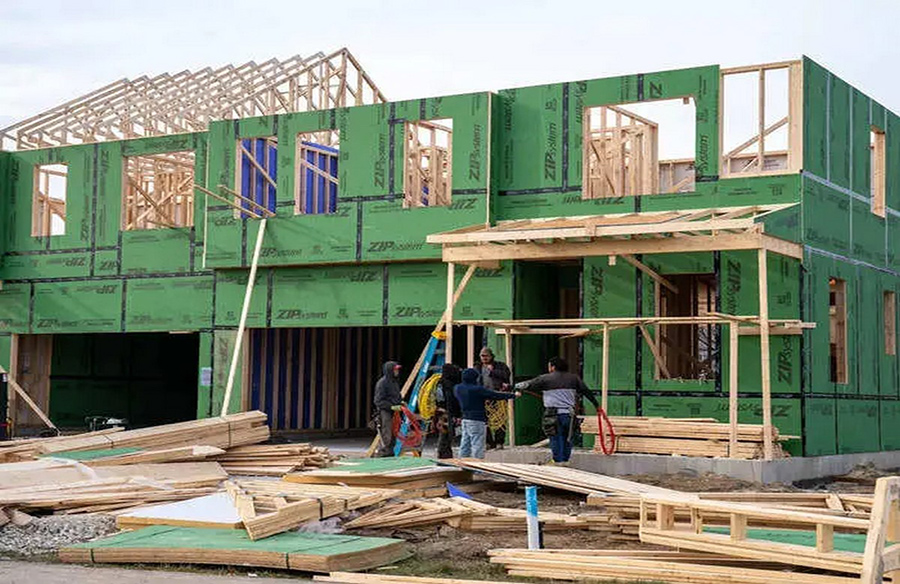
The United States is grappling with a persistent housing shortage, with little relief in sight. According to Hannah Jones, a senior economic research analyst at Realtor.com, this year is poised to remain a challenging period for the housing market.
Factors Contributing to the Crisis
Jones attributes the ongoing housing scarcity to several factors, including high mortgage rates and sellers’ reluctance to enter the market. The combination of these factors has led to diminished home inventory, making it difficult for buyers to find suitable properties.
Moreover, the gap between housing starts and household formations has widened over the years, exacerbating the shortage. Recent data from Realtor.com indicates a disparity of 2.5 million housing units by the end of 2023, highlighting the mismatch between supply and demand.
Challenges in Single-Family Home Construction
The shortage is particularly acute in the single-family home segment, where the gap between housing starts and household formations reached 7.2 million units by the end of 2023. This discrepancy underscores the challenges facing individuals seeking single-family homes in the current market.
While single-family homes may be scarce, multifamily apartment buildings offer a more affordable alternative. Jones notes that multifamily housing has experienced growth in recent years, providing renters with viable options amidst soaring home prices.
Closing the Gap: Realistic Expectations
Closing the housing gap presents a formidable challenge, requiring a substantial increase in housing starts. Realtor.com’s report suggests that tripling the rate of housing starts could potentially narrow the gap by 7.2 million homes within 4 to 5 years. However, achieving such rapid growth is deemed unrealistic by industry experts.
Jones emphasizes the need for sustained construction activity but acknowledges the likelihood of continued housing shortages in the foreseeable future. While multifamily development may alleviate some pressure on prices, addressing the root causes of the housing crisis requires broader structural changes.
Potential Solutions
Jones identifies two key avenues for addressing the housing shortage: demographic shifts and technological advancements. The aging population presents an opportunity for additional housing inventory as older homeowners transition out of their properties. Additionally, advancements in construction technology could streamline the building process, making it more efficient and cost-effective.
However, Jones cautions that significant shifts are unlikely without substantial market changes. As the housing market evolves, policymakers and industry stakeholders must explore innovative solutions to ensure adequate housing supply for future generations.










Leave a Reply